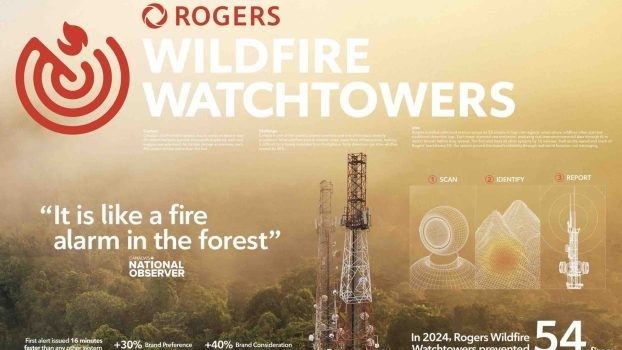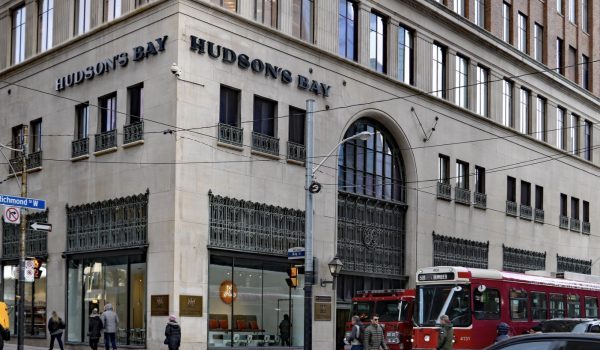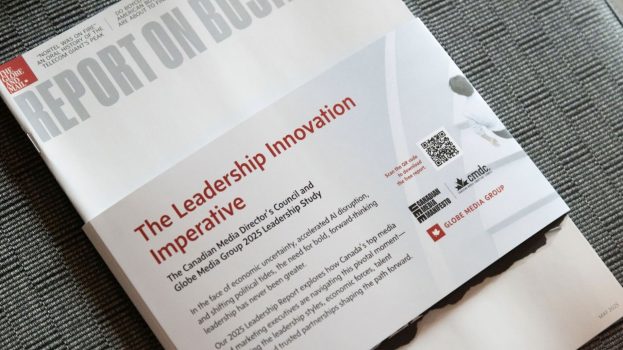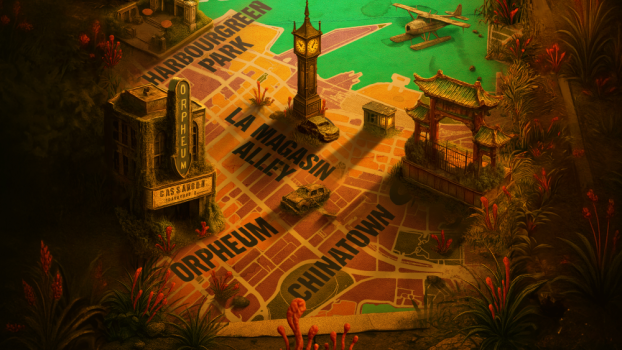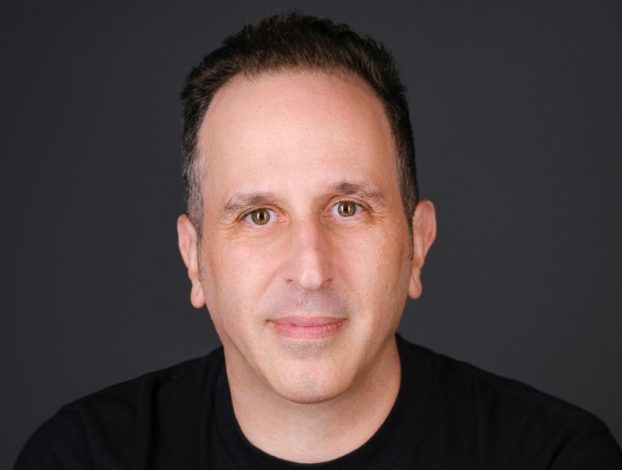A recent Canadian Internet advertising report, released by the Internet Advertising Bureau of Canada (IAB), in conjunction with PricewaterhouseCoopers (PWC) found that despite a weakened e-business market, ad revenues virtually doubled in 2000, up from $55.5 million in 1999 to $110 million.
That’s not to say that a small decline isn’t expected to show as early as the second quarter of 2001, according to Ed Nemes, director at PWC in Toronto, one of the report analysts at the organization’s town hall meeting in Toronto last month. There were however raised eyebrows over some of the industry findings. In fact, Nemes barely got started with the report before being swamped by a number of questions from IAB members and guests dealing with what questions were asked and why on the survey. As one attendee put it upon exiting: ‘We’re left with more questions than answers.’
Nemes admits that the survey had its limitations, mainly because it was the first by PWC Canada and, in order to get a high level of response (100 Canadian Web publishers were contacted and the response rate was about 70%), questions had to be culled down to only 13.
In a sense, this year’s report could be seen as a launching pad to generate discussion as to what the industry wants in these bi-annual reports, says Nemes. ‘It will be a stronger survey if the industry gives us some additional points for consideration.’ The best example, he says, is the suggestion to capture the figures for barter transactions – not evident on this year’s survey.
‘The report is a great first step in the industry,’ says Wendy Muller, president of Toronto-based DoubleClick Canada. However, she points out that industry publishers would be better served if some of the questions given to them were instead posed to advertisers. For instance the key to determining whether money is being ‘lost’ to U.S. publications, she says, is garnering feedback from actual advertisers, instead of publishers. ‘I don’t care whether it’s paid content, a banner ad or whatever,’ she says. ‘If Ford Canada thinks they pay X per cent [towards online Canadian advertising], that’s the number we need to know.’
The IAB also plans to issue an advertiser’s report sometime next year, which might be a more useful measurement of the media, according to some members in attendance. The IAB’s executive director, Daintry Springer, was contacted by D+I with questions about the study and the state of the industry but had no comment.
While online advertising has taken a hit from the exodus of start-ups, more traditional advertisers are slowly picking up the slack, says Erik Thrane, director of interactive for Young & Rubicam in Toronto. (Thrane is also a director on the IAB board, but did not want to speak for the association.) ‘These more established companies and companies in the old-world economy are starting to take a very measured and well-thought-out approach to online advertising.’
But they’re coming in on their own terms, points out Thrane. ‘It was Fat Tuesday in the Internet world for about three years,’ he says, adding that cash-rich start-ups were embracing banner ads and buttons – at any price. Those days are gone. ‘They’re not as willing to pay as much as they have in the past,’ he says of online advertisers.
According to the IAB study, CPM rates are dropping as sites compete for clients, with average rates in 1999 at $31, while first quarter 2001 shows average rates of $26. More telling, the lowest rate charged in 1999 was $13, where today that number rests around $3.
Online advertisers expect more for their buck. Publishers are being forced to come up with some other forms of advertising that better match the robust interactivity of the medium. Think sponsorship, promotions, content integration and new rich media ad tools. In fact, according to the report, while banners and buttons will always be popular, they are declining in use, while e-mail newsletters and rich media formats are increasing. For the year 2000, banners, buttons and links accounted for 66% of online advertising, while first-quarter 2001 figures indicate these formats dropped to 58%.
Publishers and agencies are being forced to be more responsive in terms of measurement metrics as well. They’re now expected to show the value of the medium outside the traditional click-through rate. While there’s no doubt that click-through rates made sense a few years ago – they were a surefire way to differentiate online advertising from more traditional venues – they no longer work. In fact, their emphasis has made today’s task – convincing advertisers that the online world is just as legitimate a venue for branding as, say, print – all that much more challenging, says Thrane. ‘It was an easy solution, but we’ve dug ourselves a little hole.’
‘Because it was the first medium where you could prove that someone actually saw your ad, everybody hung their hat on it,’ agrees DoubleClick’s Muller. Consider the long-held notion that lower response rates meant advertisers had to avoid banner burnout. ‘It’s along the lines of saying that if no one fills out a business reply card, it means that they didn’t see your ad in a magazine,’ she says. It simply doesn’t make sense in today’s environment where seeing an ad a number of times can significantly move the brand awareness needle.
The disconnect for traditional advertisers is slowly eroding as research indicates that the medium can indeed be used for branding. (DoubleClick and several U.S. partners have been promoting four individual studies that provide data on the effectiveness of Internet advertising as a branding tool.)
It’s critical that the results of all of this research reach traditional advertisers, says Muller. While there is a dramatic shift taking place in the industry, as new- and old-economy advertisers change places in the mix, there is still quite a way to go. She cites an Ernst & Young and Cap Gemini Ernst & Young study, Business Redefined, that expects the online ad spend from traditional companies to grow at 71% compound annual growth rate (CAGR), compared to 28% CAGR for dot-com advertisers between now and 2004. ‘Essentially, by the time 2004 rolls around, more than half the dollars online will be from traditional advertisers,’ she says.
‘We have more traditional advertisers coming to us now,’ says Grant Packard, director of marketing for Toronto-based Excite.ca. The portal has shifted its strategy significantly over the past several months in order to attract these advertisers, he says. ‘We’re focusing our effort in the broadband area, and we’ve seen pretty big returns from it.’ According to Packard, of the portal’s 1.5 million users, 1.1 are broadband.
What this means is that the site can sell itself to advertisers as the best place to reach broadband subscribers. Big deal, one might think, except that anecdotal evidence – along with the company’s own research – indicates that broadband users tend to be higher income, technologically savvy and more likely to buy online. Thanks to their speedy access, Canadians are more likely to be engaged with rich streaming audio and video, he adds. ‘It’s a more integrated marketing experience.’
The icing on the cake? Arbitron, of New York City, reported (in its October 2000 report The Broadband Revolution: How Superfast Internet Access Changes Media Habits in American Households) that broadband users in the U.S. spend just as much time using the Internet as they do with TV or radio. That’s just the sort of thing an online publisher loves to hear.
It’s also why advertisers like Warner Bros., Disney, PC Financial and Kodak (see Kodak story, page D4) are signing on with Excite.ca to go beyond the banners and buttons of yesteryear.
As to just how much traditional advertisers will embrace the medium, particularly in light of the weak economy and global uncertainty, Packard isn’t completely pessimistic. ‘It’s a tough sector,’ he says, adding that more change, consolidation and reorganization are inevitable. ‘The advertisers that we have see this as the sophomore year for this media sector,’ he says. ‘It’s had an incredible initiation and is just kind of trying to learn how it’s going to grow up and what kind of role it’s going to play as an adult.’

